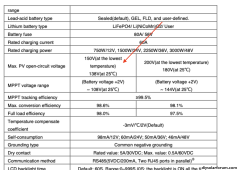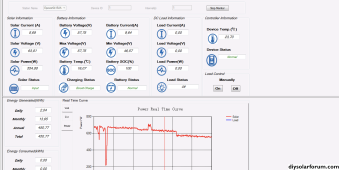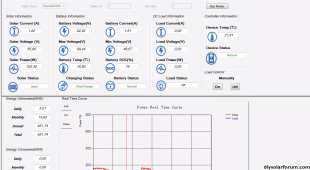MisterSandals
Participation Medalist
No, the opposite.Since the 16mm cables are, could it cause greater resistance on the current system?
Bigger cables are better.Maybe it would be better to use the old 10mm cables?
Remember for future use: if something is wasting energy, particularly a resistive load, it will almost always be wasted in the form of heat. High heat, high loss. Low heat, low loss.






